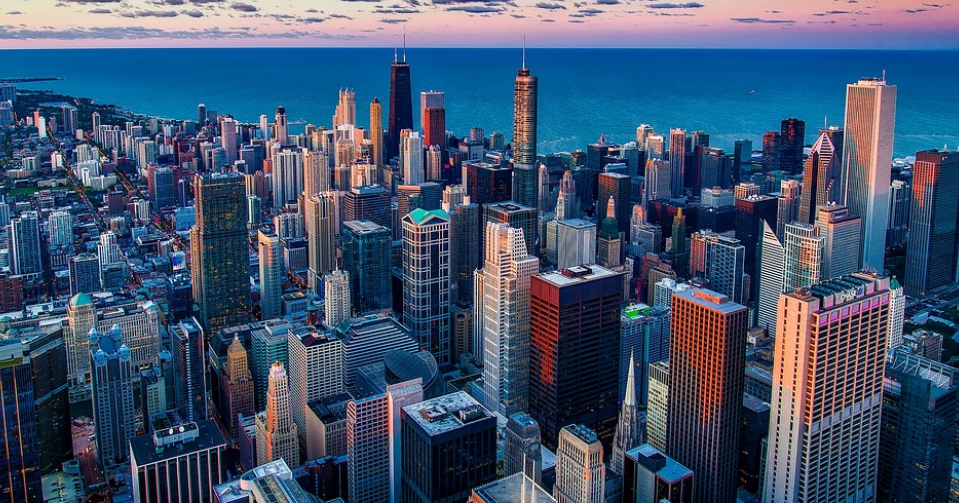A Journey Through Time and History
India, a land steeped in history and tradition, boasts monuments that tell tales of empires long passed, artistic brilliance, and architectural ingenuity. These awe-inspiring structures are not just places to visit; they are portals to the past, sparking curiosity and igniting our imaginations.
1. The Taj Mahal: Love Beyond Words
No list of India’s monuments would be complete without the iconic Taj Mahal. Located in Uttar Pradesh, this mausoleum is a testament to Mughal architecture and the boundless love of Shah Jahan for his beloved Mumtaz. Built with marble from all corners of India, the Taj Mahal stands as a symbol of enduring love and exquisite beauty. Its symmetrical design, intricate carvings, and mesmerizing symmetry are things that leave visitors speechless. A visit to the Taj Mahal is an experience that transcends time. It’s not just about appreciating its grandeur; it’s about understanding the profound emotions embedded within its every stone.
Imagine walking through the Mughal gardens, surrounded by fountains and fragrant blooms. The air hums with a peaceful energy as you stand before this architectural marvel. The Taj Mahal isn’t just a monument; it’s an emotional journey through history. Take your time to explore its courtyard, marvel at the intricate floral patterns adorning the facade, and lose yourself in the beauty of this timeless masterpiece.
2. The Red Fort: A Glimpse into History
Nestled in Delhi, the Red Fort (Lal Qila) is another testament to Mughal power and artistry. This massive fortification was once the seat of Mughal emperors, a symbol of their authority and wealth. Its history is filled with events that shaped India’s destiny – from battles and conquests to court dramas and cultural exchanges. The fort’s intricate sandstone arches, majestic gateways, and imposing walls transport you back in time.
Explore the Diwan-i-Khas (Hall of Private audience) where Mughal emperors held important meetings, or stand in awe as you witness the breathtaking view from the ramparts. The Red Fort isn’t just a historical landmark; it’s a living museum that encapsulates the grandeur and legacy of the Mughal Empire.
3. The Ajanta Caves: Ancient Art Unveiled
Hidden deep in the forests of Maharashtra, the Ajanta Caves offer a glimpse into India’s rich Buddhist heritage. Built during the 2nd century BCE, these ancient cave complexes are adorned with intricate frescoes and sculptures that tell stories of Buddha and his teachings. These masterpieces of art stand as silent witnesses to a vibrant past, offering us a window into an era where wisdom was celebrated through artistic expressions.
The caves’ acoustics are perfect for experiencing the meditative atmosphere within while exploring the vast chambers. Each cave is unique, showcasing different narratives in their artwork and architecture. It’s like stepping back in time to witness the rise of Buddhism in India and how it shaped art and culture.
4. The Khajuraho Temples: A Dance of Erotic Art
Located in Madhya Pradesh, the Khajuraho temples stand as a testament to the architectural brilliance and artistic prowess of ancient artisans. These intricately carved temples boast erotic sculptures that depict love and intimacy in their artistic expressions. From the stunning structures themselves to the intricate carvings, each temple offers a unique journey through time.
The Khajuraho temples are a testament to India’s cultural heritage and how art is used to express different aspects of life. These temples offer insight into the beliefs and values that shaped their creation, showcasing the artistic skill and religious significance of Indian culture. It’s a reminder of the artistic brilliance that flourished in ancient India.
5. The Mysore Palace: A Regal Legacy
The Mysore Palace, steeped in history and royal elegance, stands as a symbol of Mysore’s rich heritage. Built by King Chamaraja Wadiyar III, this palace is an example of Indo-Saracenic architecture and reflects the grandeur of Indian empires.
Explore the magnificent interiors, marvel at the intricate carvings, and lose yourself in the opulence of this royal abode. The Palace is not just a historical landmark; it’s a window into the life of Mysore’s kings and queens. The palace offers glimpses into daily life for royalty, showcasing their unique lifestyle, traditions, and beliefs.
6. The Humayun’s Tomb: A Precursor to Mughal Grandeur
Located in Delhi, the Humayun’s tomb is a testament to Mughal architectural ingenuity and a precursor to the grandeur of the Taj Mahal. Built by Humayun’s wife Empress Bega, it stands as a symbol of love, respect, and architectural artistry. The tomb boasts intricate carvings, beautiful gardens, and a serene atmosphere, making it a must-visit for anyone interested in understanding Mughal architecture.
The tomb offers a glimpse into the life and legacy of Humayun, who was the second Mughal emperor. Explore the well-preserved structure and marvel at the intricate details that illustrate the beauty and artistry of Mughal architecture. The Humayun’s Tomb is more than just a historical landmark; it’s a testament to the artistic brilliance and innovative spirit of the Mughal era.
7. Ellora Caves: A Tapestry of Faith and Culture
Located in Maharashtra, the Ellora Caves are a UNESCO World Heritage Site that offers a glimpse into India’s ancient history and religious diversity. Built during the 6th-12th centuries CE, these caves showcase a unique blend of Buddhist, Hindu, and Jain mythology.
Explore the vast network of caves that house different temples, monasteries, and intricate carvings. The Ellora Caves offer insights into the spiritual beliefs and practices of ancient India while showcasing their architectural brilliance. From stunning sculptures to elaborate carvings, each cave tells a story and provides a window into the cultural tapestry of India.
